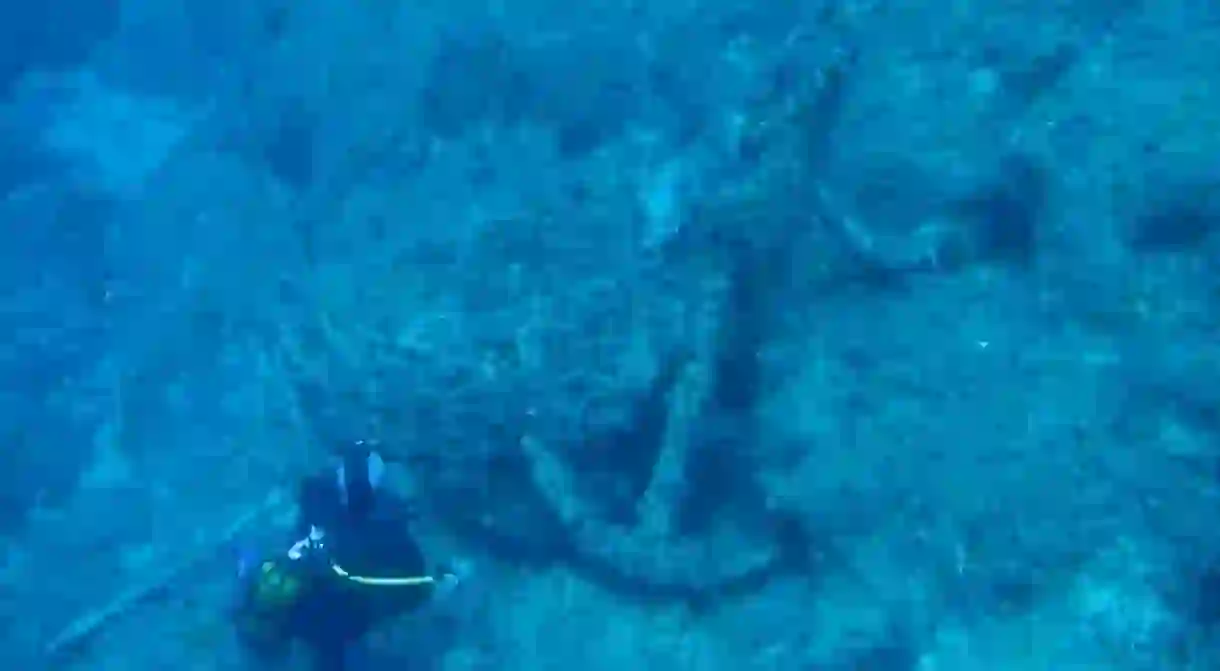Why Did the Greek Island of Fourni Have So Many Shipwrecks?

The small Greek archipelago of Fourni may be a dreamy, off-the-beaten track destination, but it recently gained much attention thanks to the unexpected discoveries of many shipwrecks along the coast of the cluster of islands.
The perfect place to spend quiet and relaxing holidays away from the crowds, Fournoi Korseon, most commonly known as Fournoi or Fourni, is a cluster of small islands south-west of Samos and east of Ikaria, near the Turkish coast. Comprising three bigger islands named Fourni, Agios Minas and Thymaina (or Thimena), the archipelago also includes a series of 10 beautiful and unspoiled uninhabited islets.
Besides its astonishing beauty and relaxing atmosphere, Fourni is home to a plethora of shipwrecks. So far, up to 53 shipwrecks have been identified around the cluster of islands and it seems that the number may be about to rise again in the near future.

For years now, fishermen and sponge divers have been spotting mounts of cargo, mostly ancient amphora on the seafloor near the islands, but it was only in 2015 when surveys conducted to investigate the waters discovered findings that exceeded their expectations. At the end of the first study, no less than 22 shipwrecks had been found along the coast of Fourni. The wrecks date back to the 6th century BC and up until the early 20th century.
It is true that during ancient times, the islands were a major stop on the trade routes across the Mediterranean. Under normal conditions, the ships would dock safely into the islands’ harbours, but with strong winds and treacherous currents, they must have known a sombre fate. The second explanation may be that pirates were responsible for the high number of wrecks, as Fourni was certainly an important layover for ships en route across the Aegean sea.
While there is hardly anything left of the ancient ships, which were mostly made of wood, the cargo, stuck in the seafloor, provides a wealth of information. Photos from the recent underwater missions reveal several collections of ancient ceramic vases, most likely used to transport goods such as oil or wine and even salted fish and cured meats.

During the last survey, divers found 2,500-year-old anchors and others dating from the Middle Ages. Several findings were extracted from the waters and brought to Athens for further investigations, but the scientists are sure they will unearth many more secrets as the next underwater expedition is set to take place in 2018.
In the meantime, if you are a scuba diving aficionado, you now know where to go to explore vestiges of a distant past in Greece.













